From the relaxing shores of Pokhara, few venture as far as Mustang by motorbike. This remote region remains culturally rich yet sparsely visited due to its demanding access.
The journey traverses stunning but widely varied terrain within the Annapurna range. Riders first follow valleys along the Kali Gandaki River toward Jomsom, before climbing onto the high Tibetan Plateau leading to Kagbeni village and beyond. The landscape transforms from forests and farms to arid mountainsides with sparse vegetation and occasional nomadic herders. The weather also changes drastically with altitude.
Tackling over 200 km of roads - some unpaved and challenging - requires significant preparation, physical stamina, mechanical skills and teamwork between riders. Proper equipment, supplies and spares are essential given the remote environment. Permits must also be arranged to enter the Inner Mustang. Frequent breaks, adequate fuel stops and flexible plans help offset unexpected delays.
By road, the journey from Pokhara to Mustang is about 220 km (137 miles). Still, the trip's intricacy is not fully captured by this statistic. The roads leading to Mustang are not simple; they wind over high terrain and are steep, which may be thrilling and difficult for drivers.
Mustang is an area that appeals to both explorers and spiritual seekers due to its distinct beauty and mystery. This isolated region, which borders Tibet, is renowned for its magnificent scenery, venerable Buddhist temples, and rich cultural legacy. Mustang provides a unique experience in Nepal with its historical significance and stunning natural surroundings.
Due to the high altitude of the area, there is an additional layer of complexity that must be considered by visitors in order to prevent altitude sickness. The scenery changes as one ascends, displaying the bare grandeur of Mustang's parched environment interspersed with vibrant prayer flags and traditional Tibetan-style towns.
Visitors visiting Upper Mustang must get three separate permits; thus, please consider the detailed requirements listed below:
The Upper Mustang region, which includes the RAP check post, is the area above Kagbeni hamlet. When entering and departing this area, hikers are required to provide their Upper Mustang Trekking permits along with additional paperwork. It is issued by the Immigration Office of the Government of Nepal, either in Pokhara or Kathmandu. Remember that the only way to obtain it in Nepal is through an authorized local trekking agency. The cost of an Upper Mustang Restricted Area Permit is $500 for ten days per person, with an additional $50 for each additional day.
Upper Mustang is located in the Annapurna Conservation Area. Therefore, you cannot enter the Annapurna Conservation Area if you do not have a valid permit. Trekkers are free to spend as much time as they like in the ACAP region once they have their ACAP because there is no time limit on this permission. It is issued by the Nepal Tourism Board office in Kathmandu and the ACAP counter in Pokhara. This permit can be obtained by paying a total of $30.
The TIMS card helps track the trekker's movements and provide information about their safety during the journey. This is another permit that you will need in order to travel the Upper Mustang trails. For a cost, you can obtain the TIMS card from TIMS counters situated in trekking zones or from the Nepal Tourism Board offices in Kathmandu or Pokhara; however, you will need to go through a trekking agency. The cost of a TIMS permit is $10.
April, May, and the first part of June are the ideal months to travel to Lo Manthang Upper Mustang.
Buses and caravans should not go on this single-lane dirt track. The drive from Jomsom takes five hours, and the route passes through cedar, birch, and juniper forests.
Additionally, the current temps are ideal—neither excessively hot nor freezing. On your climb up, you will experience a few rain showers, although they are infrequent and normally pass quickly. Driving through the valley during the fall, when all the flowers are in bloom, is equally worthwhile. It's an amazing sight to behold.
Winter is the worst time of year to visit Lo Manthang, especially in December and February when the nighttime low falls below freezing. In addition, there may be snowfall at higher elevations and more regular rain throughout these months. Because of all of this, traveling through this area at this time of year is challenging. During this season, driving up to Lo Manthang in Upper Mustang is not advised. It's quite difficult to travel safely on this slick road.
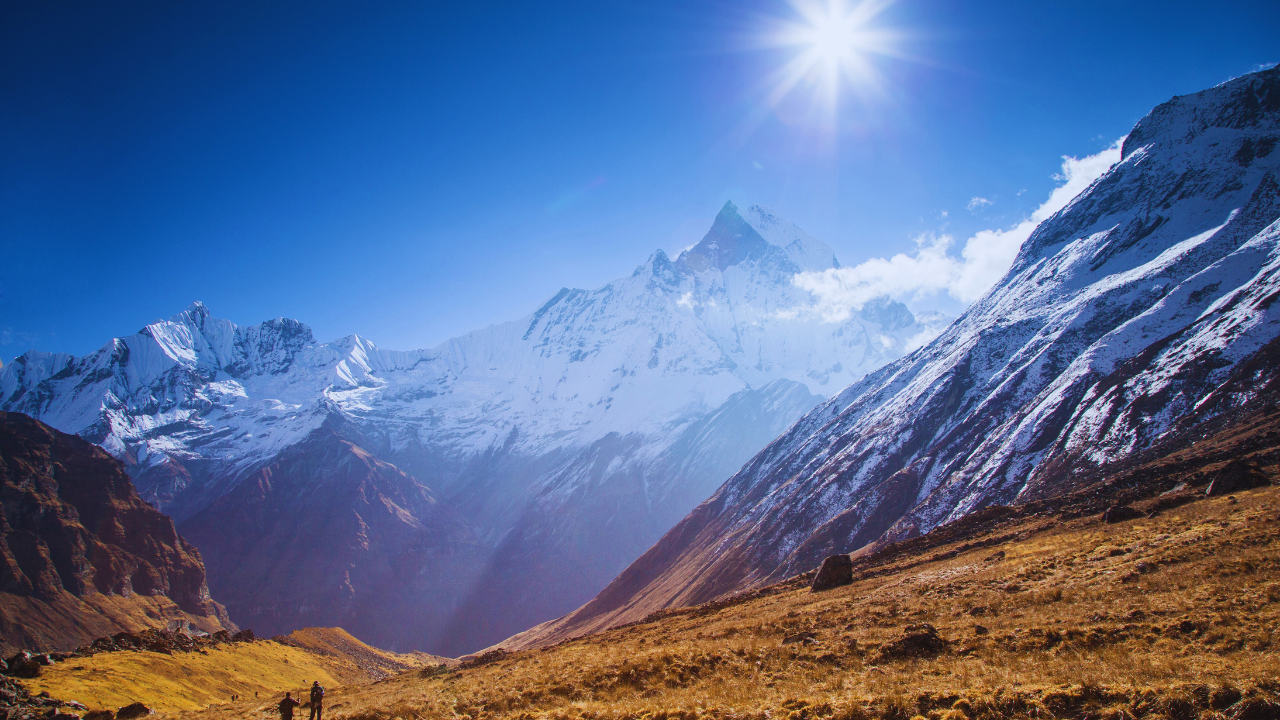
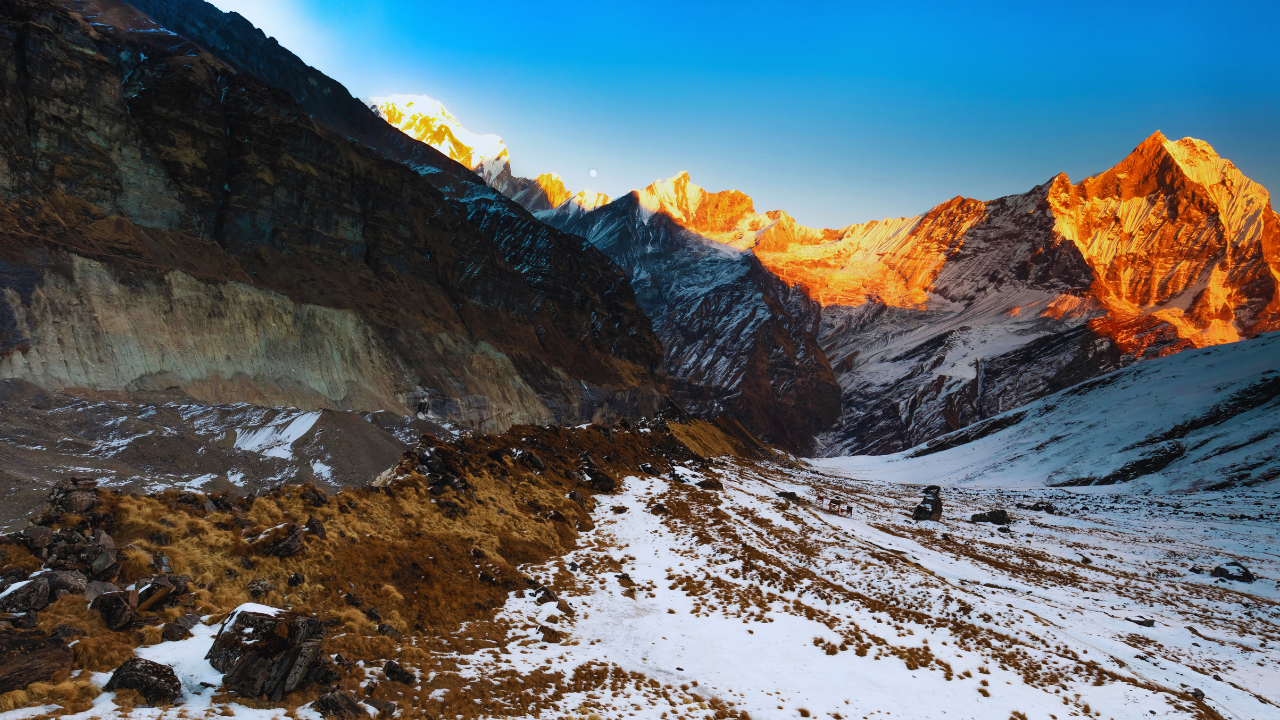
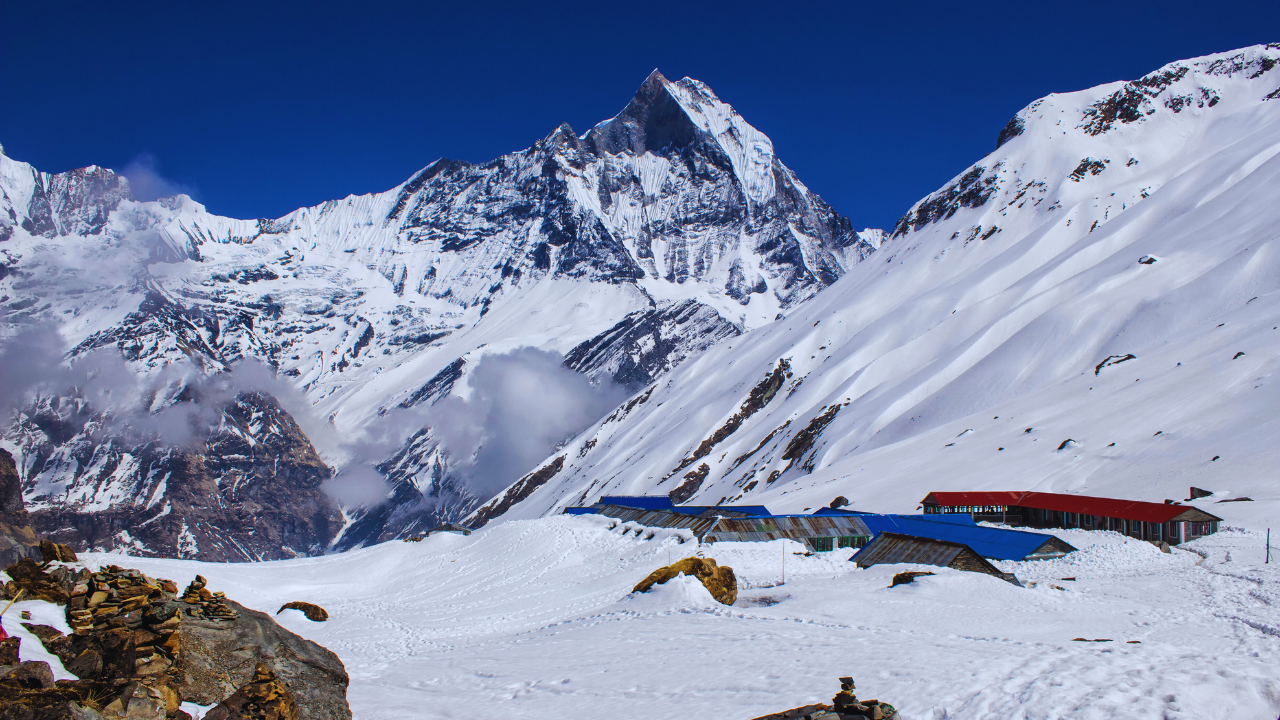
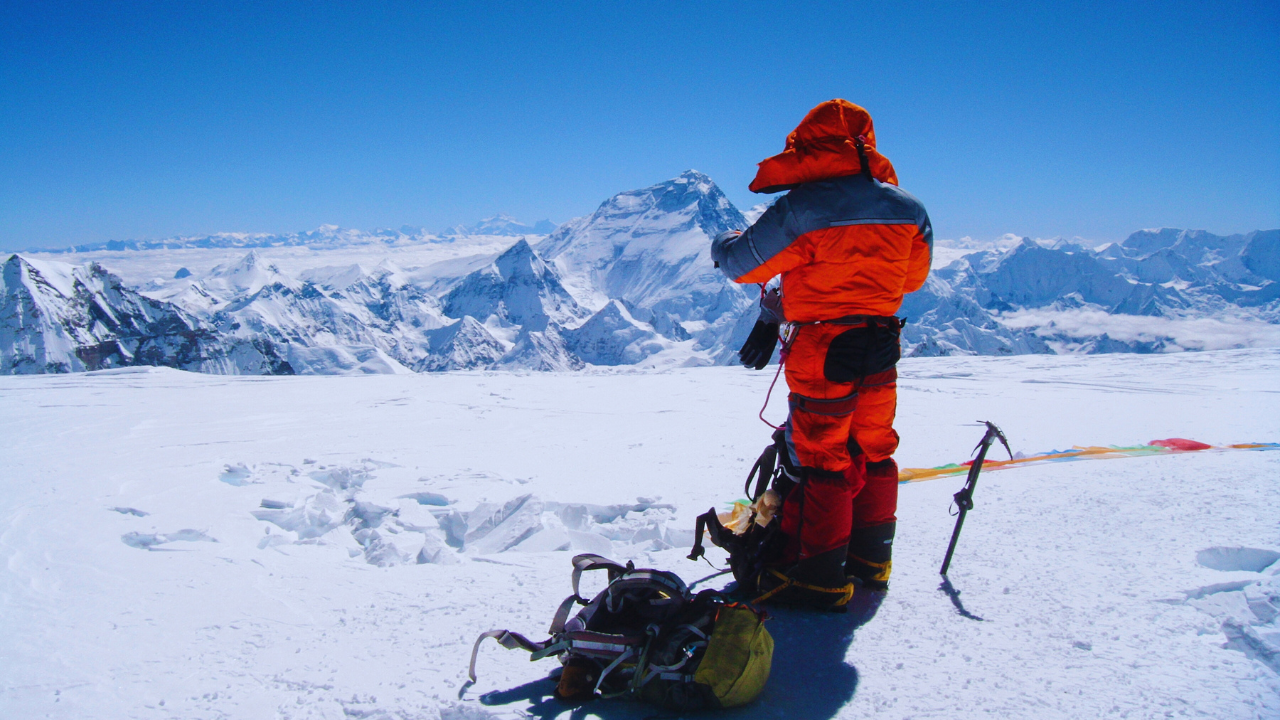
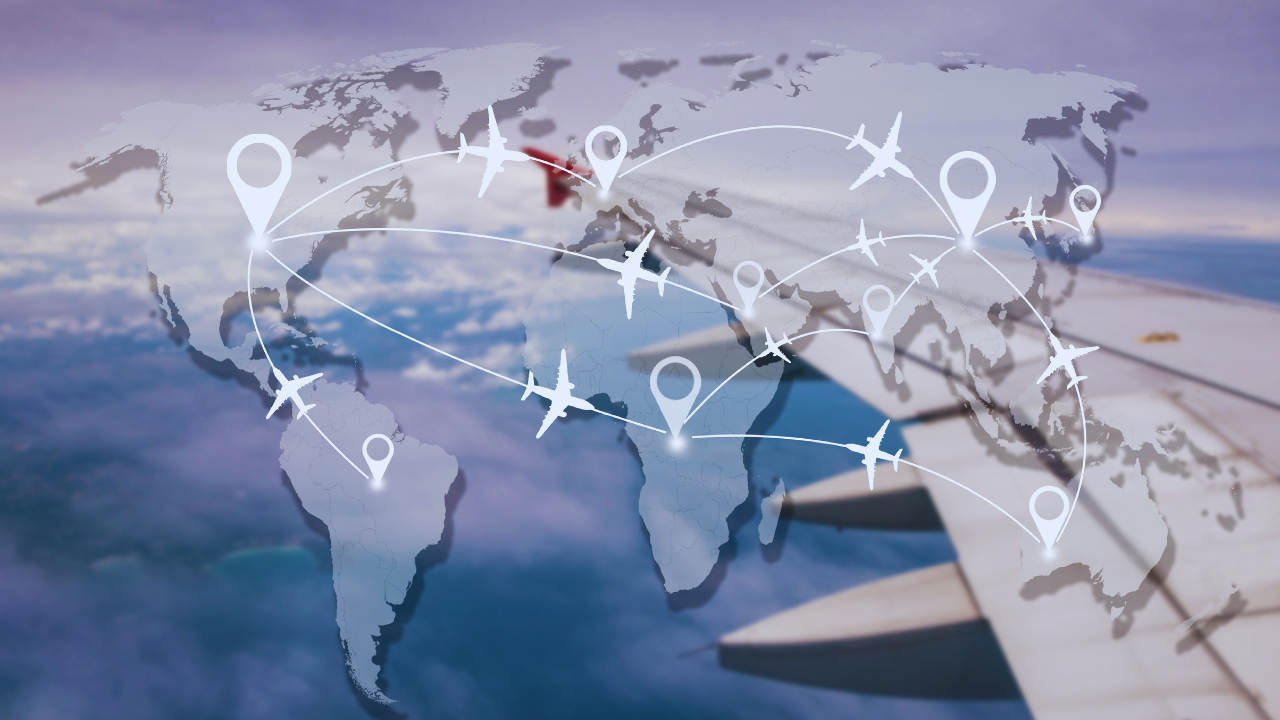


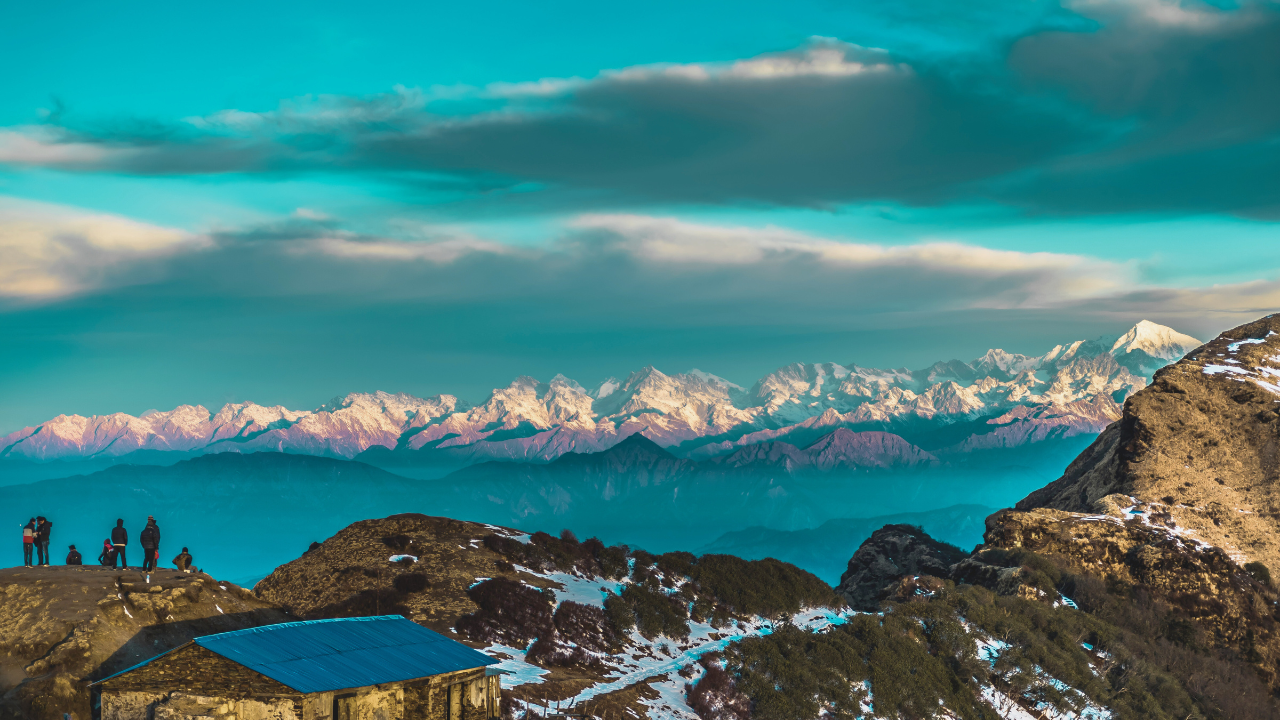







































Comments